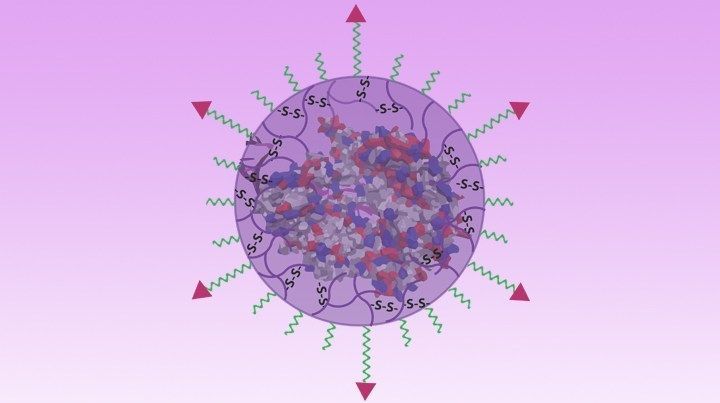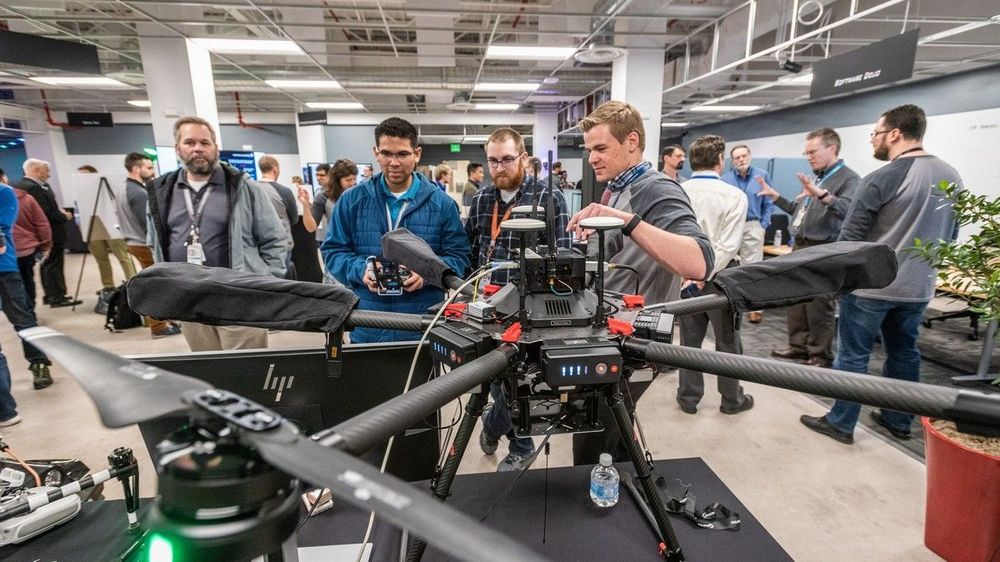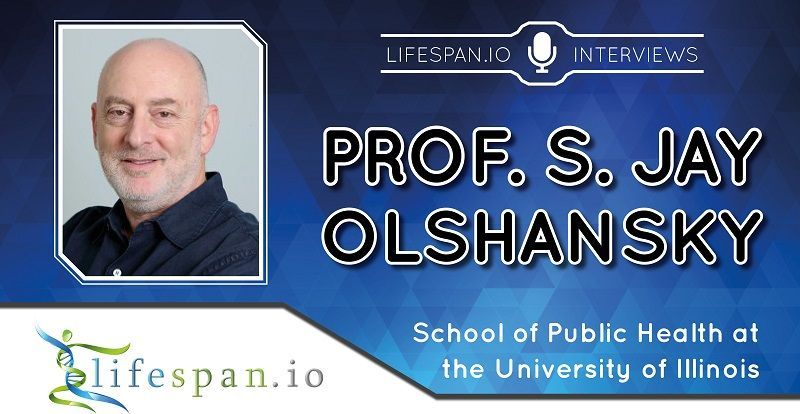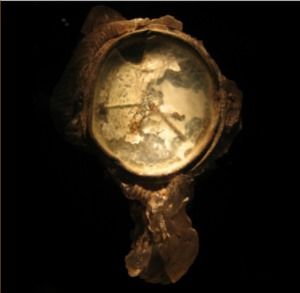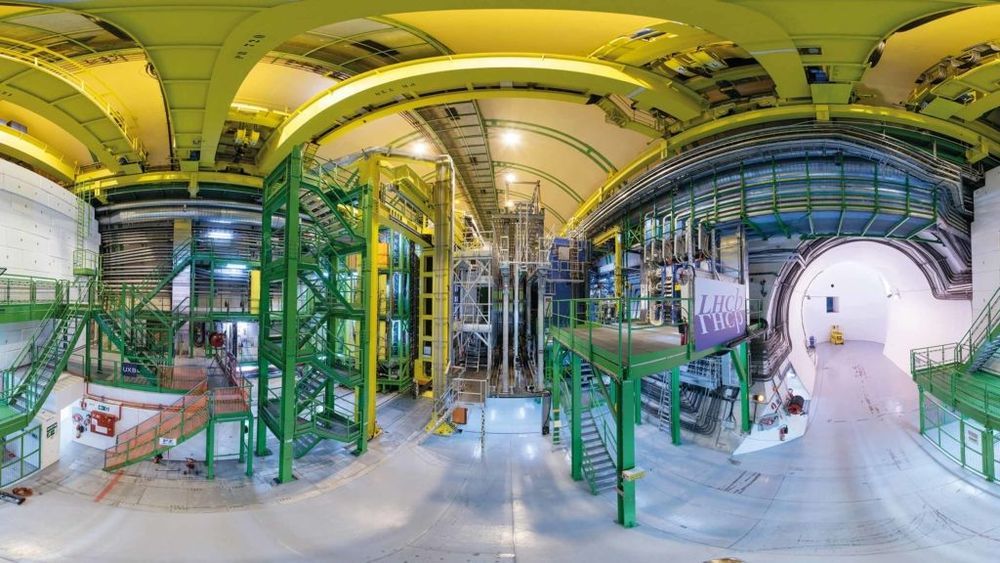Sep 17, 2019
Prof. Steve Fuller on Transhumanism: Ask yourself what is human?
Posted by Paul Battista in categories: Elon Musk, existential risks, genetics, life extension, robotics/AI, singularity, transhumanism
Prof. Steve Fuller is the author of 25 books including a trilogy relating to the idea of a ‘post-’ or ‘trans-‘human future, and most recently, Nietzschean Meditations: Untimely Thoughts at the Dawn of the Transhuman Age.
During this 2h 15 min interview with Steve Fuller we cover a variety of interesting topics such as: the social foundations of knowledge and our shared love of books; Transhumanism as a scientistic way of understanding who we are; the proactionary vs the precautionary principle; Pierre Teilhard de Chardin and the Omega Point; Julian and Aldous Huxley’s diverging takes on Transhumanism; David Pearce’s Hedonistic Imperative as a concept straight out of Brave New World; the concept and meaning of being human, transhuman and posthuman; humanity’s special place in the cosmos; my Socratic Test of (Artificial) Intelligence; Transhumanism as a materialist theology – i.e. religion for geeks; Elon Musk, cosmism and populating Mars; de-extinction, genetics and the sociological elements of a given species; the greatest issues that humanity is facing today; AI, the Singularity and armed conflict; morphological freedom and becoming human; longevity and the “Death is Wrong” argument; Zoltan Istvan and the Transhumanist Wager; Transhumanism as a way of entrenching rather than transcending one’s original views…
Continue reading “Prof. Steve Fuller on Transhumanism: Ask yourself what is human?” »


